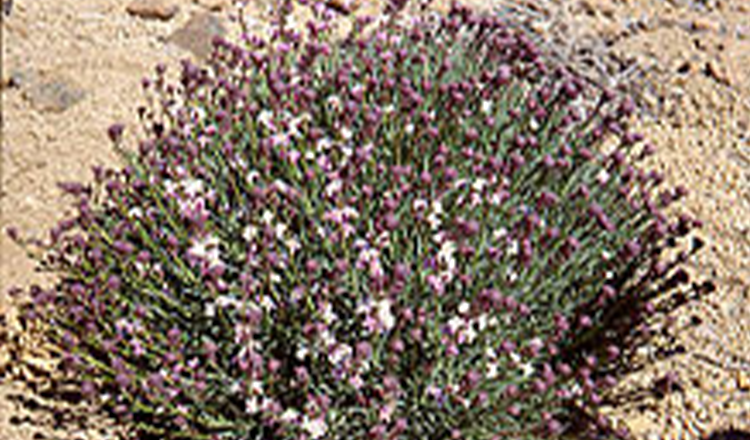Erysimum

Erysimum, or wallflower, is a genus of flowering plants in the cabbage family, Brassicaceae. It includes more than 150 species, both popular garden plants and many wild forms.[1][2][3][4][5][6] The genus Cheiranthus is sometimes included here in whole or in part.
Erysimum has since the early 21st century been ascribed to a monogeneric cruciferous tribe, Erysimeae, characterised by sessile, stellate (star-shaped) and/or malpighiaceous (two-sided) trichomes, yellow to orange flowers and multiseeded siliques.
Wallflowers are annuals, herbaceous perennials or sub-shrubs. The perennial species are short-lived and in cultivation treated as biennials. Most species have stems erect, somewhat winged, canescent with an indumentum of bifid hairs, usually 25 ± 53 cm × 2–3 mm in size, and t-shaped trichomes. The leaves are narrow and sessile. The lower leaves are linear to oblanceolate pinnatifid with backwardly directed lobes, acute, 50–80 mm × 0.5–3 mm.
Stem leaves are linear, entire, all canescent with 2-fid hairs; 21–43 mm × 1.5–2 mm. Inflorescences are produced in racemes, with bright yellow to red or pink bilateral and hermaphrodite, hypogynous and ebracteate flowers. Flowering occurs during spring and summer. One species, Erysimum semperflorens, native to Morocco and Algeria, has white flowers. The floral pedicel ranges from 4 to 7 mm. Four free sepals somewhat saccate, light green, 5–7 mm × 1.5–2 mm.
Most wallflower garden cultivars (e.g. Erysimum ‘Chelsea Jacket’) are derived from E. cheiri (often placed in Cheiranthus), from southern Europe. They are often attacked by fungal and bacterial disease, so they are best grown as biennials and discarded after flowering. They are also susceptible to clubroot, a disease of Brassicaceae. Growth is best in dry soils with very good drainage, and they are often grown successfully in loose wall mortar, hence the vernacular name. There is a wide range of flower color in the warm spectrum, including white, yellow, orange, red, pink, maroon, purple and brown. The flowers, appearing in spring, usually have a strong fragrance. Wallflowers are often associated in spring bedding schemes with tulips and forget-me-nots.[8]
